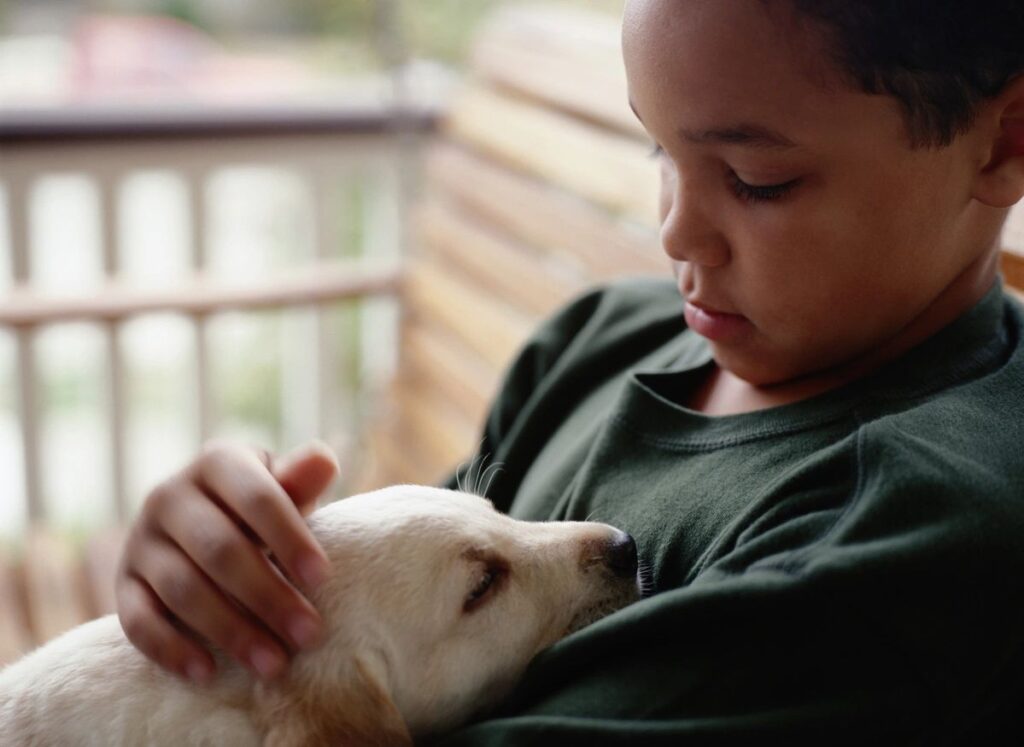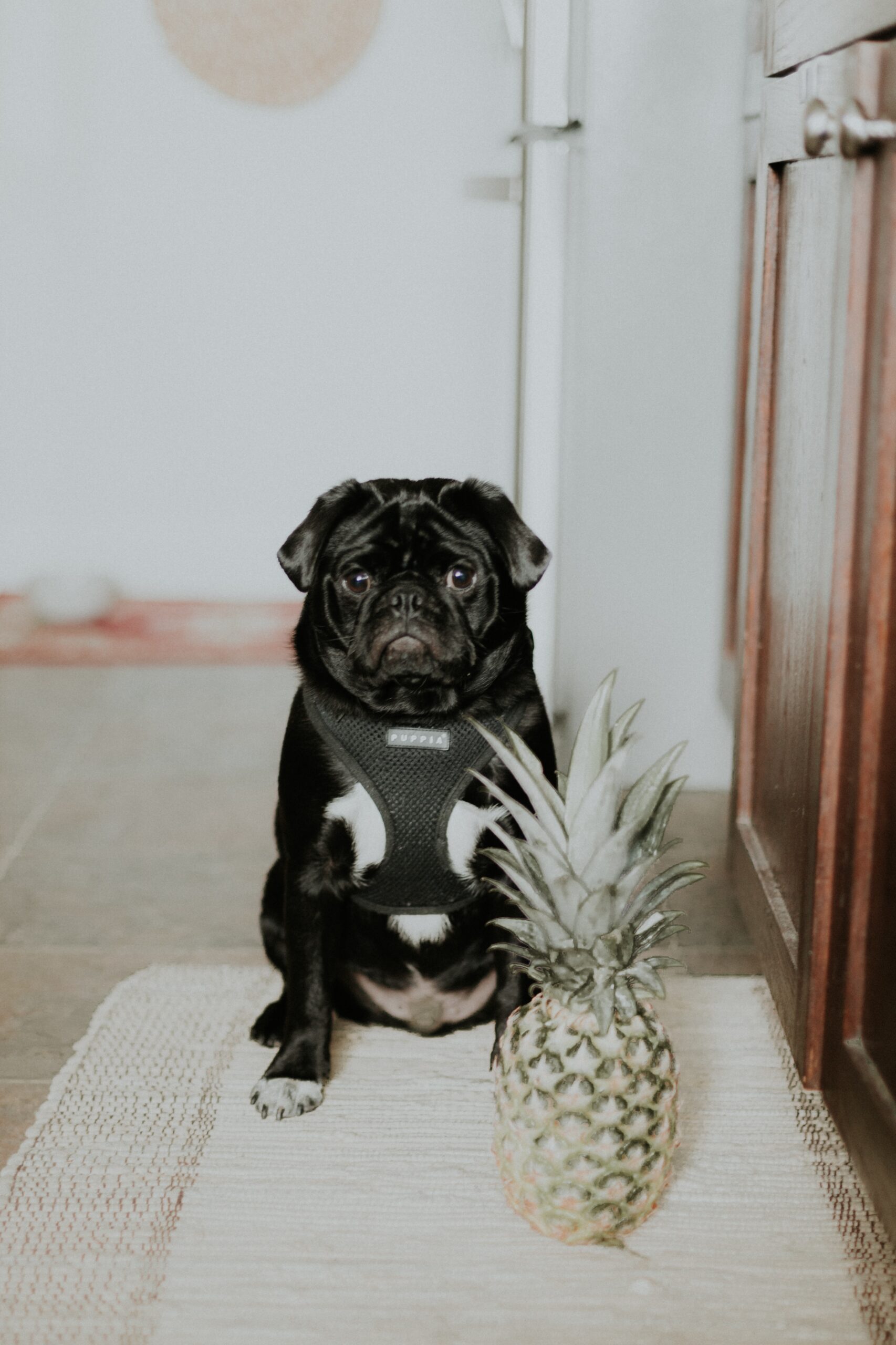
The benefits of adopting a rescue dog are endless but it can also come with its challenges. One of the most common issues that new pet owners face is separation anxiety in their newly adopted dogs. Separation anxiety is a condition where dogs become anxious and stressed when they are left alone. This can lead to destructive behavior, excessive barking, and other unwanted behaviors. In this essay, we will discuss how to prevent separation anxiety in newly adopted rescue dogs.
Thank you for reading this post, don't forget to subscribe!Understanding Separation Anxiety in Dogs
Separation anxiety is a common issue in dogs, especially those that have been adopted from shelters. Dogs are social animals and they thrive on human interaction. When they are left alone, they can become anxious and stressed. This can lead to destructive behavior, excessive barking, and other unwanted behaviors. It is important to understand that separation anxiety is not a sign of disobedience or a lack of training. It is a condition that requires patience, understanding, and training.
Minimizing Separation Anxiety in Rescue Dogs
There are several things that new pet owners can do to minimise separation anxiety in their newly adopted rescue dogs. Here are some tips:
1. Gradual Separation
One of the best ways to prevent separation anxiety in dogs is to gradually get them used to being alone. Start by leaving your dog alone for short periods of time and gradually increase the time as they become more comfortable. This will help your dog to learn that being alone is not a bad thing.
2. Exercise and Playtime
Dogs need exercise and playtime to stay healthy and happy. Make sure that your dog gets plenty of exercise and playtime before you leave them alone. This will help to tire them out and make them more relaxed when you are gone.
3. Crate Training
Crate training can be an effective way to prevent separation anxiety in dogs. Dogs are den animals and they feel safe and secure in small spaces. A crate can provide a safe and comfortable space for your dog when you are not home.
4. Calming Music
Playing calming music can help to soothe your dog and reduce their anxiety. There are several playlists available on streaming services that are specifically designed for dogs.
5. Treats and Toys
Providing your dog with treats and toys can help to keep them occupied and distracted when you are not home. Puzzle toys and treat dispensers can be especially effective in keeping your dog entertained. If you are not sure where to start, you may check out this blog post on the 10 dog care accessories every dog owner should know.
Conclusion
Separation anxiety can be a challenging issue for new pet owners, but it is not insurmountable. By following the tips outlined in this essay, you can help to prevent separation anxiety in your newly adopted rescue dog. Remember, patience, understanding, and training are key to helping your dog feel safe and secure when you are not home.



